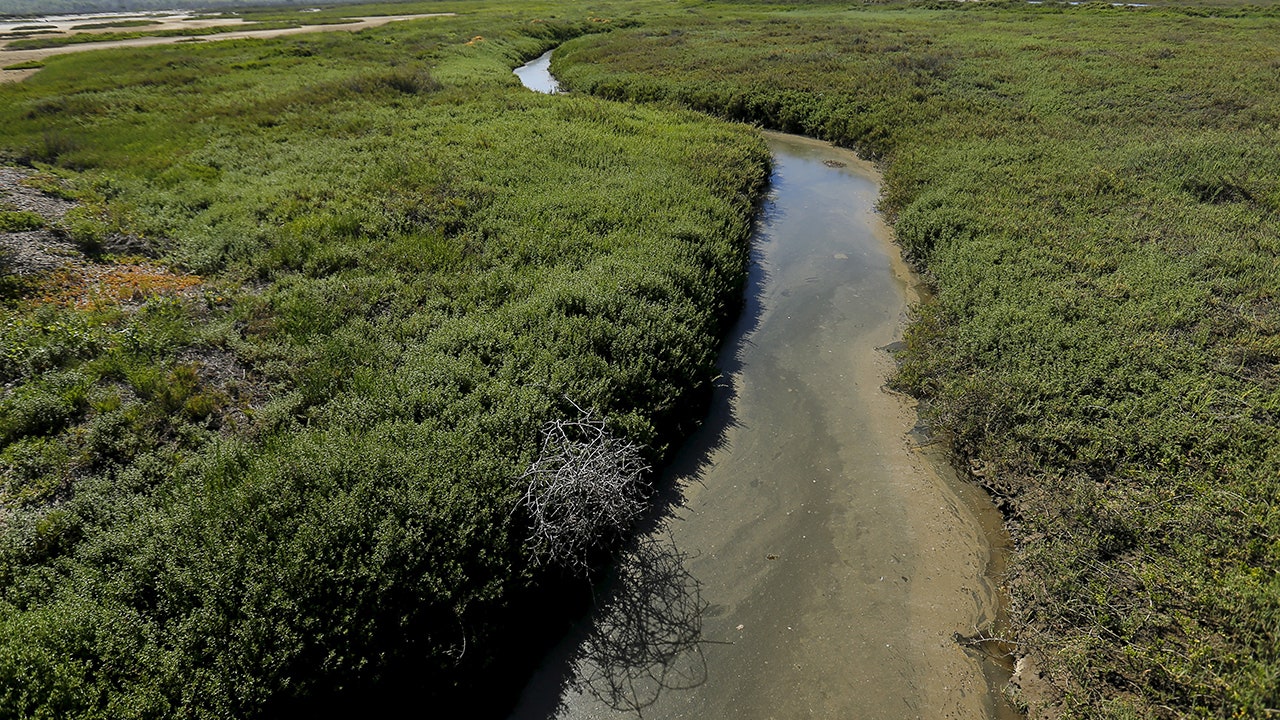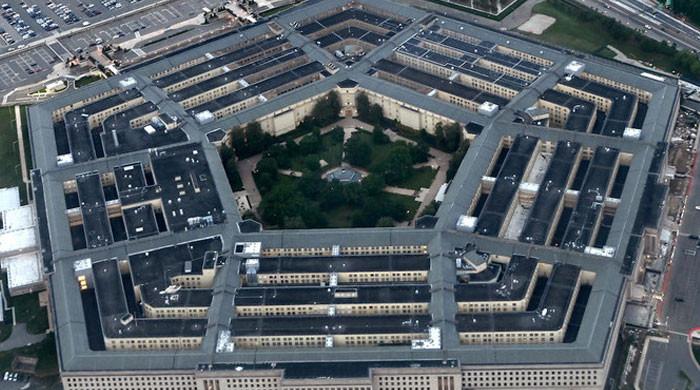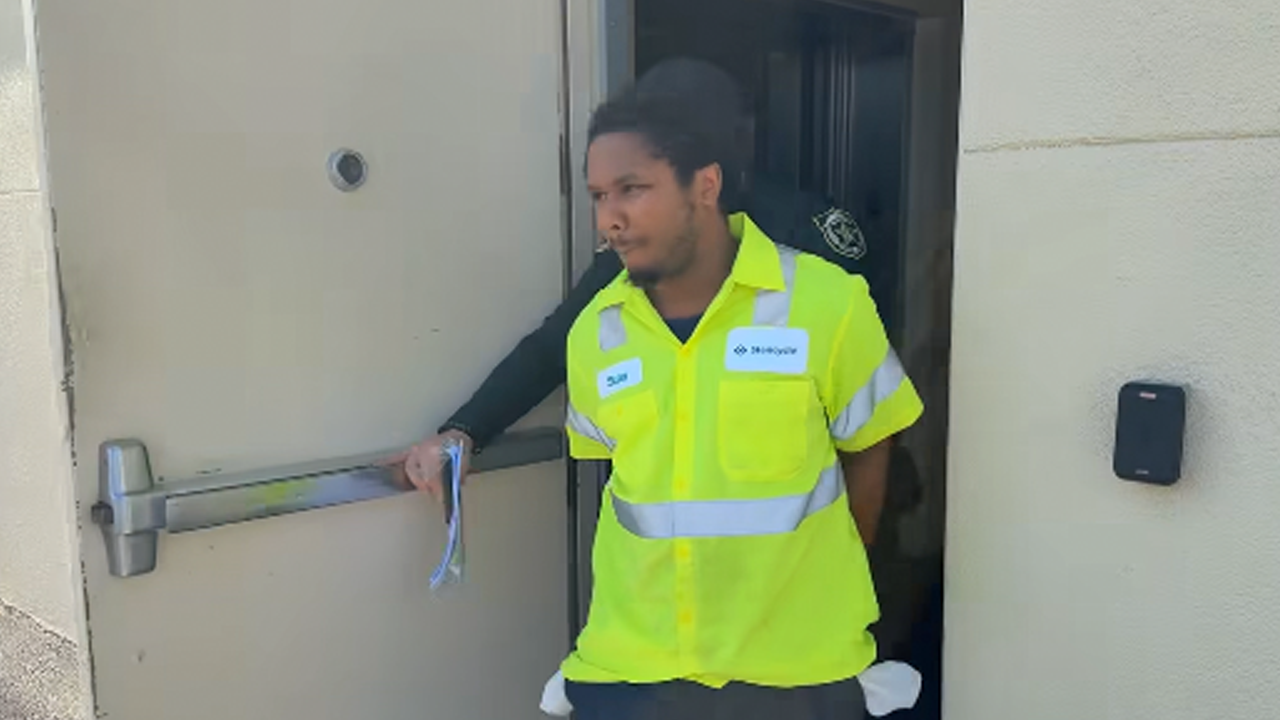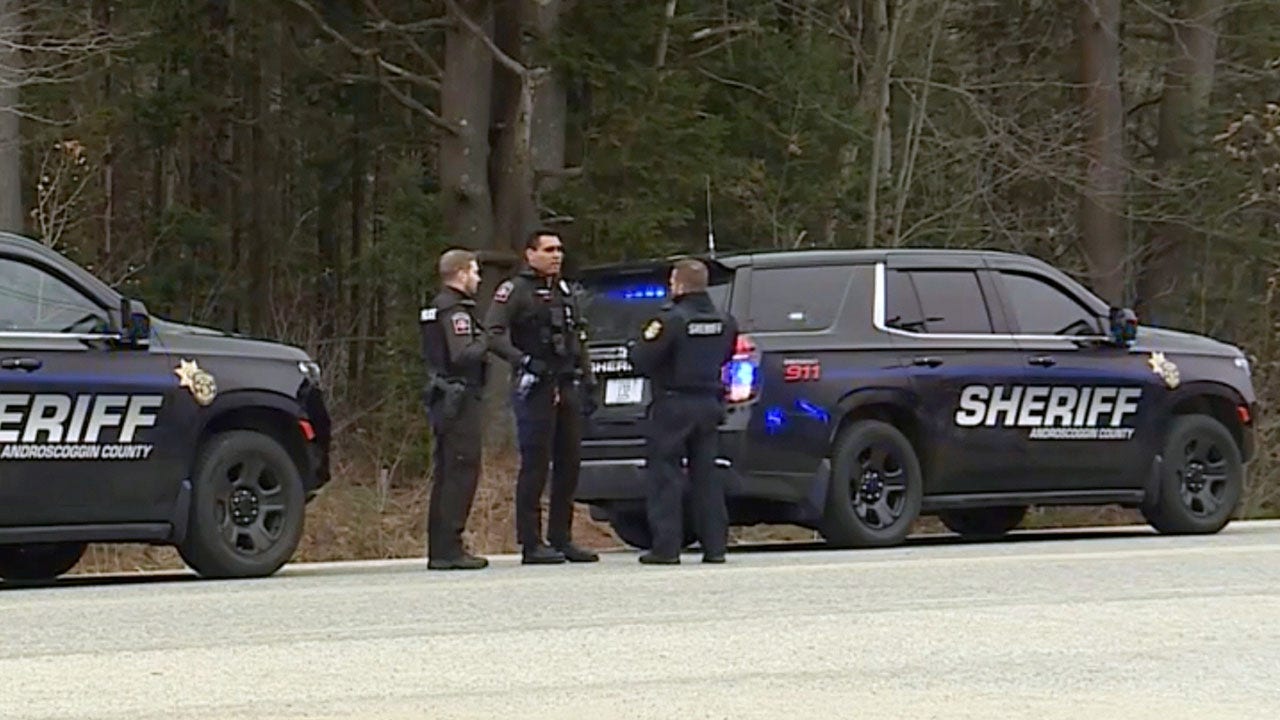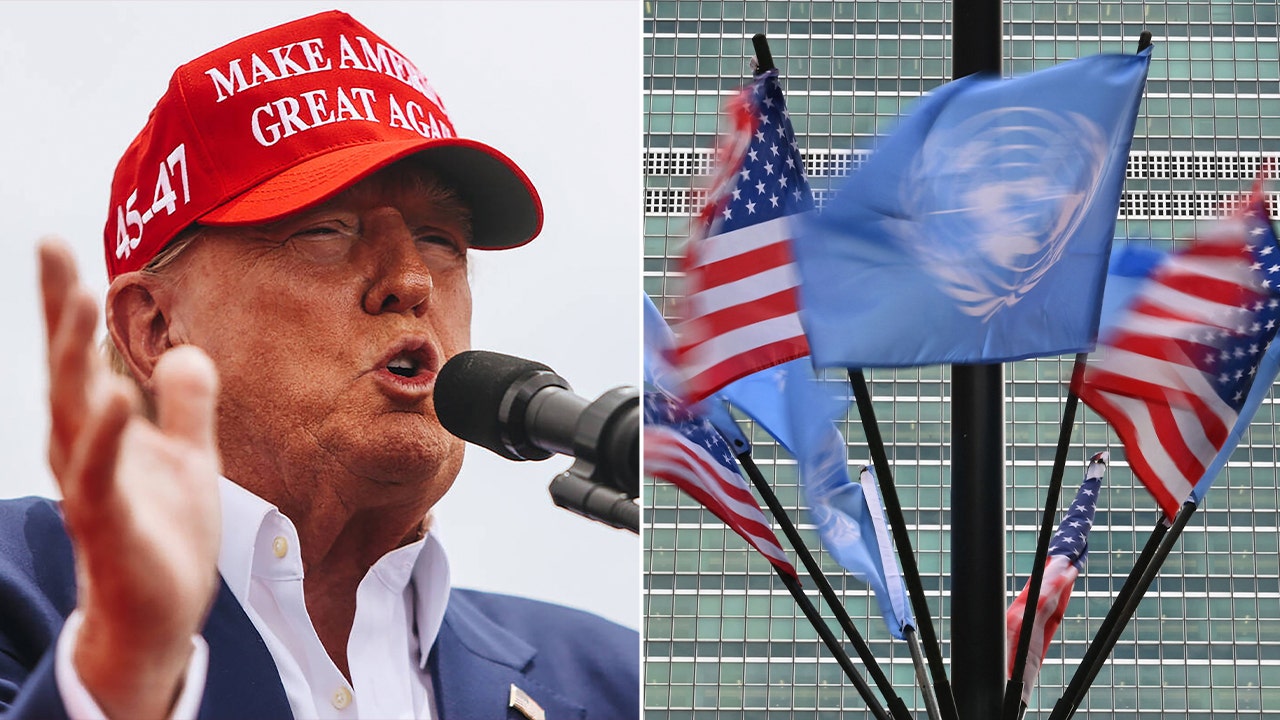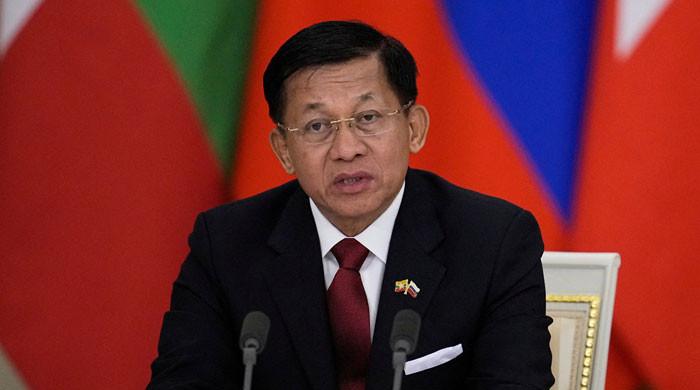
Junta chief to leave quake-striken Myanmar for summit, aid groups clamour for access
- Isolated junta boss could boost legitimacy with Thailand trip.
- Death toll from 7.7 magnitude quake passes 3,000, says CCTV.
- Hospitals overwhelmed, medicines scarce, say relief groups.
Myanmar’s ostracised leader Min Aung Hlaing will leave his disaster-stricken country on Thursday for a rare trip to a regional summit, state TV said, as aid groups called for restrictions to be eased to reach survivors of a devastating earthquake.
The 7.7 magnitude quake, one of the strongest to hit Myanmar in a century, jolted a region that is home to 28 million people, toppling buildings, flattening communities and leaving many without food, water and shelter. China’s state television said the death toll had passed 3,000, citing official figures.
The military has struggled to run Myanmar since its return to power in a 2021 coup that unseated the elected civilian government of Nobel laureate Aung San Suu Kyi. The generals have been internationally isolated since the takeover and Myanmar’s economy and basic services including healthcare have been reduced to tatters amid an outbreak of civil war.
The government on state-run MRTV late on Wednesday announced a 20-day unilateral ceasefire effective immediately to support post-quake rehabilitation, but warned it would “respond accordingly” if rebels launched attacks.
MRTV confirmed Min Aung Hlaing would leave Myanmar to join a summit of mostly South Asian countries in Bangkok – an uncommon foreign trip for a general regarded as a pariah by many countries and the subject of Western sanctions and an International Criminal Court investigation.
The junta boss is also barred from attending summits of the Southeast Asian bloc ASEAN.
Still, some analysts say the earthquake and this week’s meeting, which will include leaders of neighbours Thailand, India and Bangladesh, could boost Min Aung Hlaing’s legitimacy as he forges ahead with a much-criticised December election widely expected to perpetuate military rule.
Aid agencies on Wednesday described massive destruction and a medical crisis in central Myanmar, with hospitals overwhelmed, medicine in short supply and risks of water-borne diseases growing.
Mohamed Riyas, Myanmar Director of the International Rescue Committee, said humanitarian needs were “staggering”.
“It may be weeks before we understand the full extent of destruction caused by this earthquake as communication network lines are down and transport is disrupted,” he told Reuters.
“People require urgent medical care, clean drinking water, tents, food and other basic necessities. Providing life-saving health services is critical.”
Mikhael De Souza, a field coordinator in Myanmar for medical aid agency MSF said in the second-largest city Mandalay, about 500 buildings had collapsed completely and a further 800 were partially destroyed.
“Many people are still living outside in poor conditions,” he said. “The lack of water is creating an issue in terms of immediate survival.”
On a war footing
The junta has been accused by human rights groups of slowing humanitarian efforts by maintaining tight security measures in some hard-hit quake areas.
In an incident underlining the challenge of delivering relief at a time of civil war, the junta said its troops fired warning shots after a Chinese Red Cross convoy failed to pull over as it travelled in a conflict zone.
Junta spokesperson Zaw Min Tun said the group had not informed authorities of its travel.
China was one of the first countries to come to Myanmar’s aid, deploying rescue teams the day after the disaster and pledging 100 million yuan ($13.76 million) worth of supplies.
Chinese foreign ministry spokesperson Guo Jiakun said the aid team and supplies were safe and called on all parties in Myanmar to ensure the safety of rescuers and keep relief routes “open and unobstructed”.
The military has remained on war footing despite Myanmar’s worst disaster in decades and has conducted airstrikes and other attacks near the affected areas, according to a rebel group and Amnesty International.
Min Aung Hlaing said on Tuesday the military had halted offensives but rebels were planning to exploit the disaster and preparing to attack. On Tuesday, a major rebel alliance declared a unilateral ceasefire to support the humanitarian effort.
Prior to the military’s announcement of a temporary ceasefire, Tom Andrews, the United Nations special rapporteur on Myanmar in an X post on Wednesday said attacks by the junta following the quake were “outrageous” and “should be condemned in the strongest possible terms by world leaders.”
‘Soldiers are everywhere’
Information has long been hard to obtain from areas like Sagaing in central Myanmar because of a junta internet and cellphone blackout imposed as part of the conflict, which activists have demanded be lifted following the quake.
The military has rejected requests from international journalists to cover the quake devastation, citing the lack of water, electricity and hotels.
“Soldiers are everywhere in the town,” a man who travelled to Sagaing, near the quake epicentre, told Reuters. “They are there for security, not for rescue. They check every vehicle.”
New York-based Human Rights Watch urged the junta to allow unfettered access for humanitarian aid and lift curbs impeding aid agencies, saying donors should channel aid through independent groups rather than only junta authorities.
“Myanmar’s junta cannot be trusted to respond to a disaster of this scale,” Bryony Lau, HRW’s deputy Asia director, said in a report, calling on agencies to press the junta to “allow full and immediate access to survivors, wherever they are”.
A woman in Mandalay told Reuters authorities were building a stage for this month’s Thingyan water festival, though many people were homeless, with bodies left under collapsed buildings.
In neighbouring Thailand, the death toll from the quake rose to 22 on Wednesday as a search effort in the rubble of a skyscraper under construction in the capital, Bangkok, entered its fifth day.
Heavy equipment was deployed to break up 100 tonnes of concrete in the hope of finding a first survivor under a mountain of debris where 15 people died and 72 were missing.
“The search for survivors continues but we are changing tactics,” Bangkok Governor Chadchart Sittipunt said. “We’re hollowing out a path for the rescue team to go inside.”




